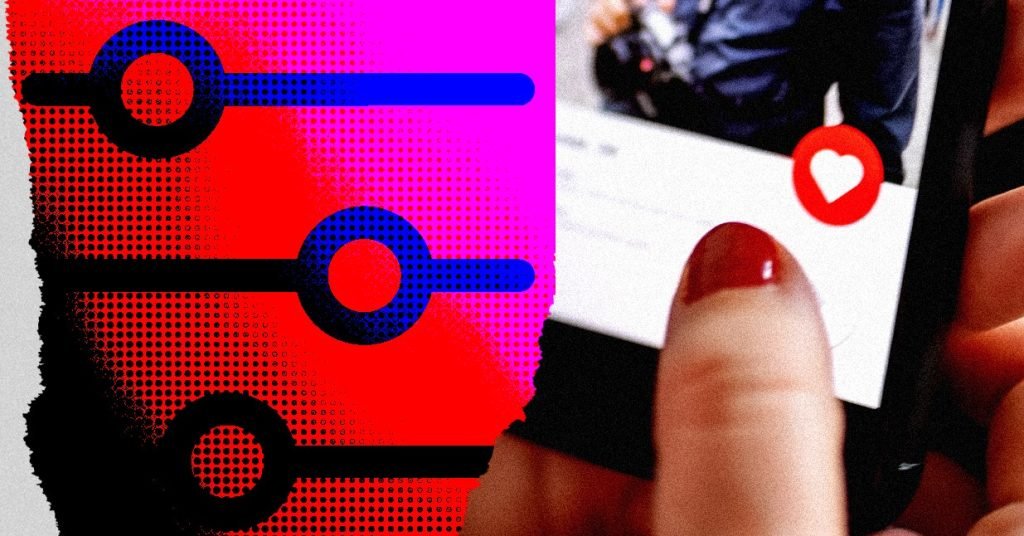
It only took three days of swiping before he popped up. I froze, thumb hovering over the X. I scrolled through his photos and prompts, looking at what he had changed since I’d seen it the first time.
The first photo was the same: him holding a climbing rope somewhere remote, curly hair bursting from underneath a baseball cap. His simple pleasures were still “mountain roads, forests and alarm free mornings.” He had added a photo where he stood shirtless at the base of a cliff.
The twist of the knife was the note from Hinge at the top: “Most Compatible: We think you two should meet.”
In my head I could hear Hinge’s version of Microsoft Word’s ’90s-era paper clip helper, Clippy, squeaking at me: “It looks like you like hiking and concerts, would you like to be connected to this other person near you who likes hiking and concerts?”
The app couldn’t know two of its users had taxied down the runway of dating but never took off—a classic situationship, as the kids call it these days. The algorithm just saw a 31-year-old, outdoorsy local working in biotech and connected the dots to an outdoorsy 30-year-old a few miles away working in science media. And just like the Microsoft users of 1997, I hated it. I wanted to crush the computer program that thought it knew what I wanted, whether that was to write a letter or my perfect match.
The promise of dating apps is to show you all the romantic options in your city, but behind the scenes, the algorithm is cultivating a very specific, limited, at-least-somewhat-distinct dating landscape for each user.
The first big dating site was Match.com, which was founded in 1995 and followed by eHarmony and OkCupid in the early 2000s. These sites touted their surveys, compatibility scores, and science-backed approaches to pairing up couples as a better way to find long-lasting love. Such compatibility-based approaches to online dating dominated until 2009, when gay dating app Grindr hit the scene and changed online dating forever.
Grindr, as a mobile app, organized the romantic options not by compatibility but by distance—the top person was the one closest to you. This is still the default on Grindr today. When Tinder took Grindr’s idea to the straight world in 2012, it duplicated this perception of being distance-based, if not exactly in its code.
“When you think about platforms like OKCupid and eHarmony, it would be hard to use those and not know that there’s an algorithm, because it’s so much at the forefront of what they do,” said Liesel Sharabi, an Arizona State University scholar who studies dating apps. “But when I talk to people who use Tinder, they don’t always know that there’s an algorithm. A lot of people think it’s just showing the people around them, and it’s a lot more complicated than that.”
In 2016, Tinder confirmed it was using an Elo score, traditionally used to rank chess players, to rank users on desirability and match them accordingly. The media storm was quick and strong; by 2019 Tinder was claiming that it no longer used the Elo score, though it is still probably using some, if not many, algorithms. Since then, most dating app companies take a black box approach and don’t talk publicly about what factors into their algorithms.

